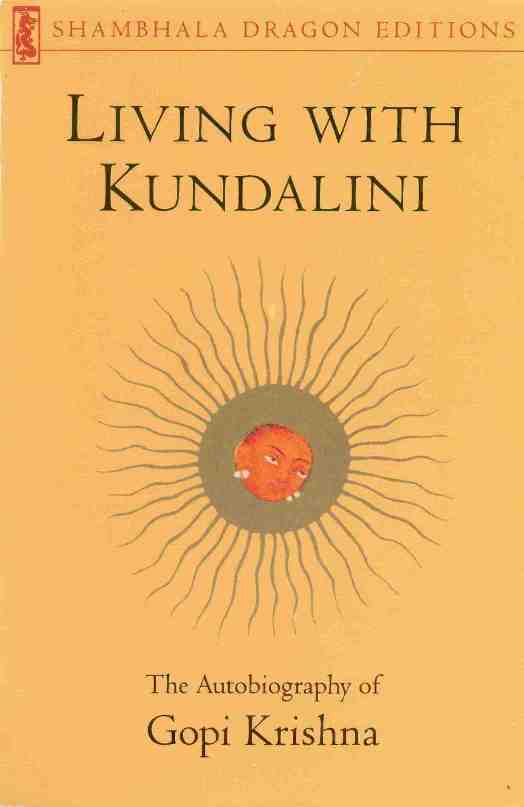You are here
Home › ICR Learning Center › The Personal Awakening of Kundalini › Fast and Slow Forms of the Kundalini ProcessFast and Slow Forms of the Kundalini Process
In general, there are two ways in which a Kundalini process can proceed—fast or slow.
The fast form happens most often to individuals who regularly practice spiritual disciplines such as intense forms of meditation and pranayama (yogic breathing) for extended periods of time. Meditation stimulates the brain, and pranayama the center at the base of the spine, near the sex organs.
The fast form of the process can be dangerous. Forcing Kundalini into activity in a body that is not fully prepared for it can lead to sudden and intense physical and mental disturbances (see list in next section). When new area(s) of the brain are stimulated to activity they require an increased quantity or quality of vital energy. If this energy is unavailable or impure, bodily problems, neuroses or even psychoses may result.
It is strongly advised that this type of practice be undertaken only under the guidance of a person who knows how to deal with such problems.
The fast process may also happen spontaneously to those whose brain and nervous system are at a stage of evolutionary development which is ‘ripe’ for the process. In some cases a severe emotional shock, such as the death of a loved one or a traumatic physical event, such as a near-death experience, may trigger it.
Slow Form of the Process
The slow form of the process usually occurs when the individual has a moderate, healthy lifestyle, and does a milder type of spiritual practice. The changes in the brain and nervous system tend to occur more gradually, and the overt signs of a Kundalini process, such as sensations of energy flowing in the body, may not be perceived. This form of the process is less prone to difficulties, and the mental faculties and personality of the individual undergo a gradual transformation over time.
In the last one hundred years or so, there has been a major shift in our lifestyle from physical labor to mental activities that involve a great deal of concentration, such as working on a computer. As meditation is essentially a way of concentrating or focusing the mind, the tendency towards having a Kundalini process has increased in many individuals even without a specific meditation practice of any kind.
Many forms of spiritual discipline, consisting of long periods of intense meditation, were developed at a time when physical activity was predominant. Now, however, the addition of a long, intense meditation practice to a lifestyle already full of concentration may not be as healthy as it was in the past.
Related ICR Resource:
Living With Kundalini
This is the extraordinary biographical account of the author's experience of the mysterious Kundalini Power. It is a book that has already become a classic in its field, widely read and quoted by writers on mysticism and consciousness research.





